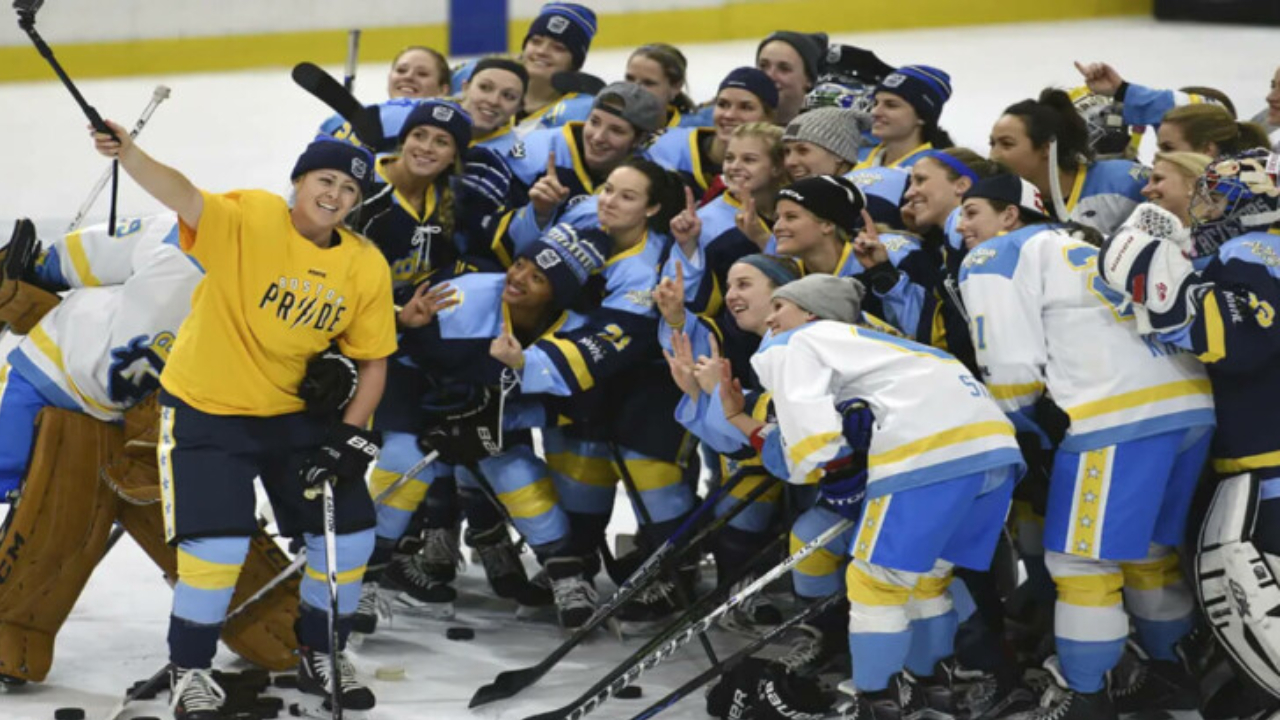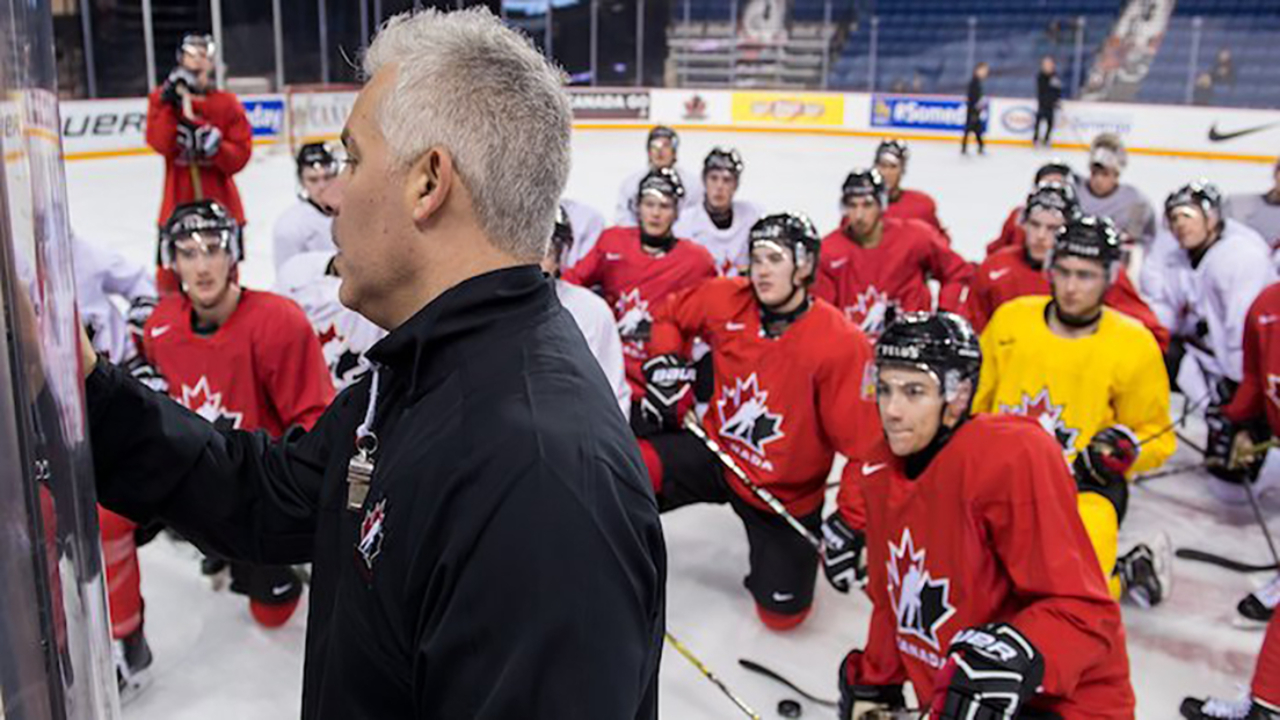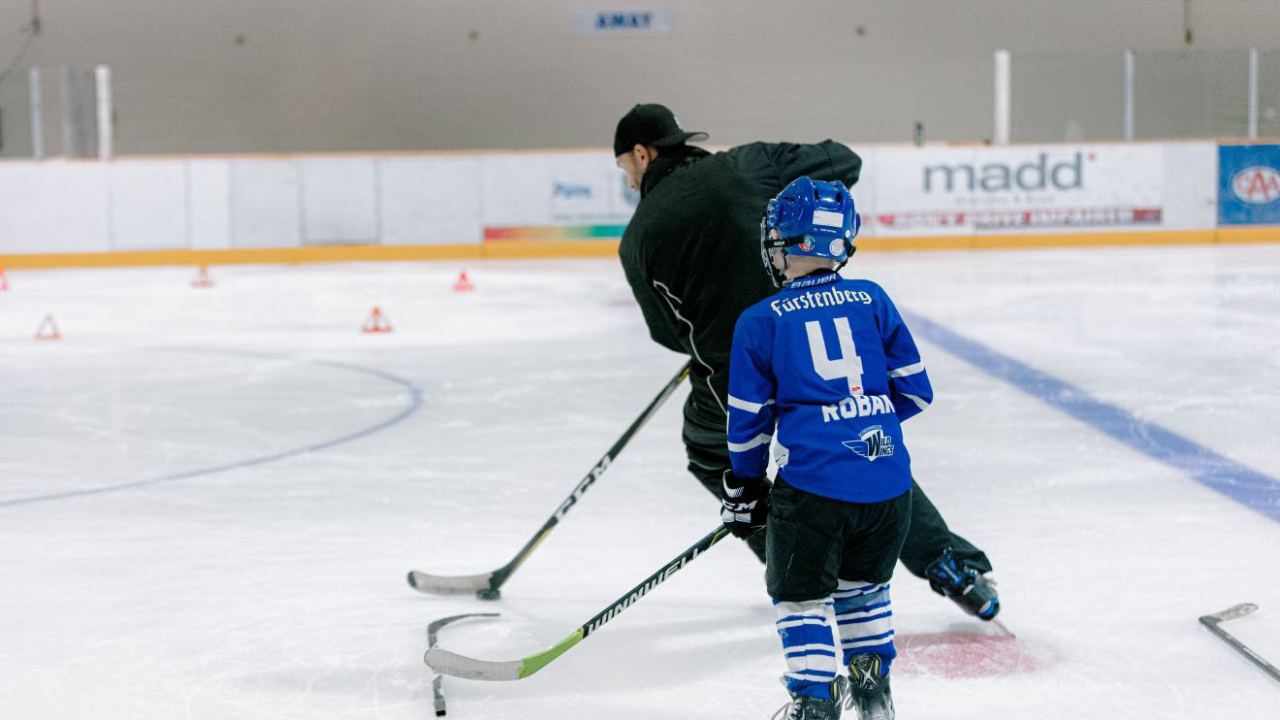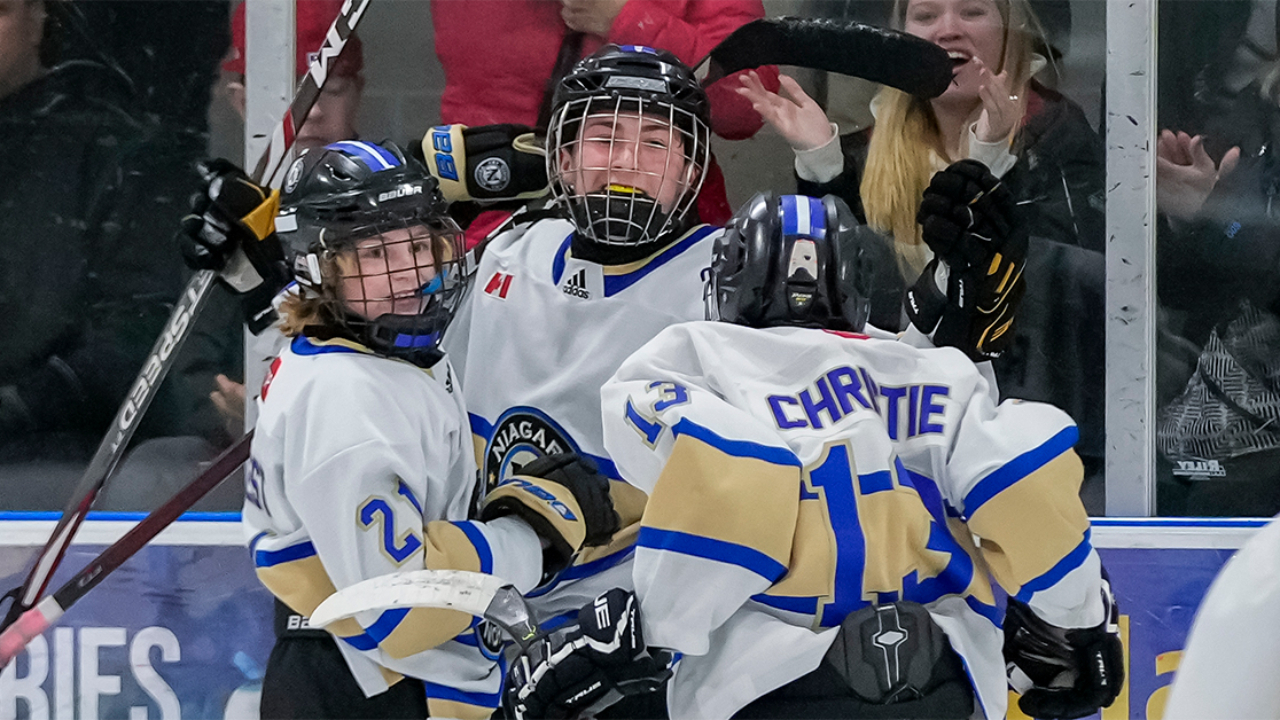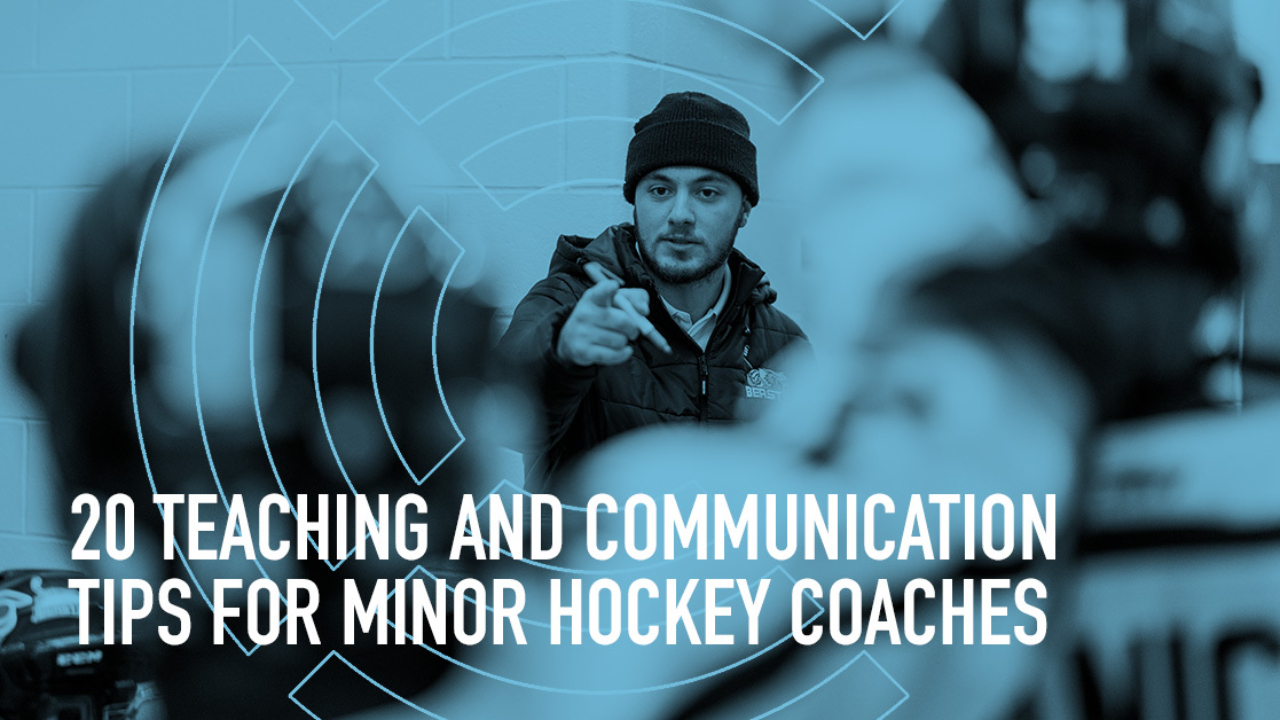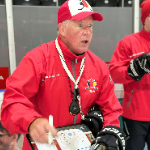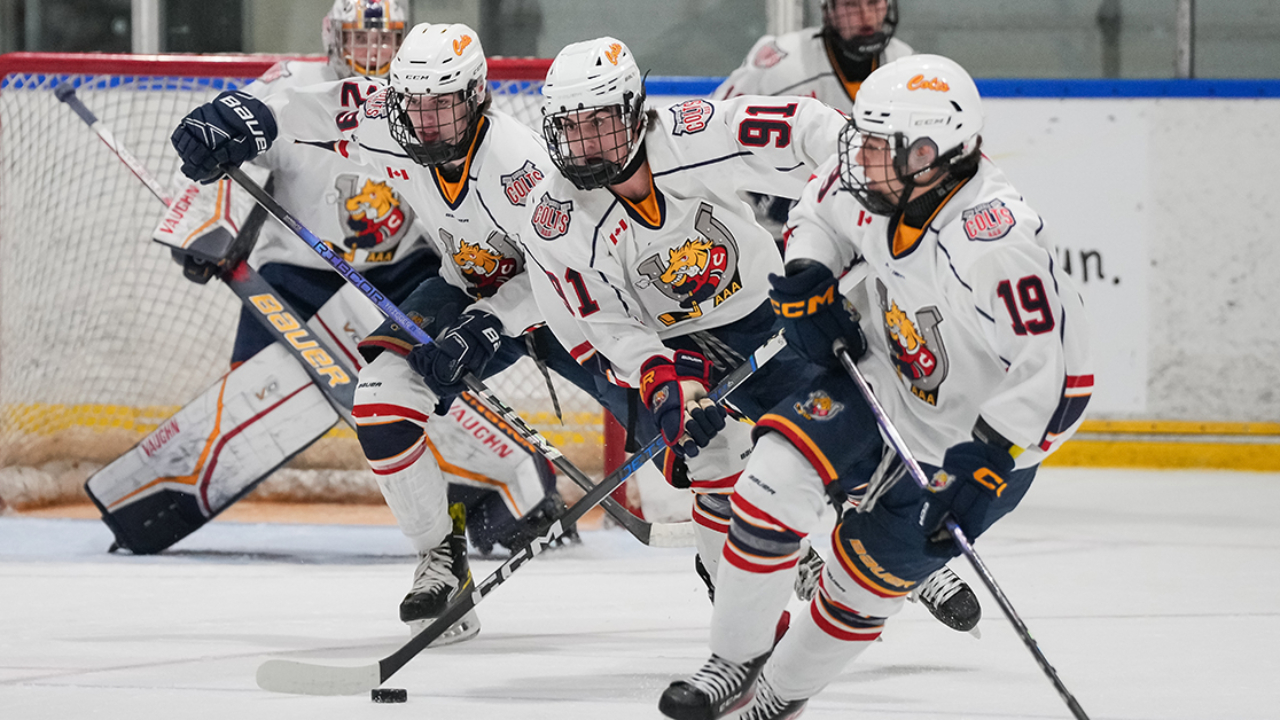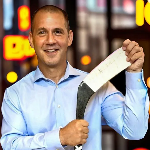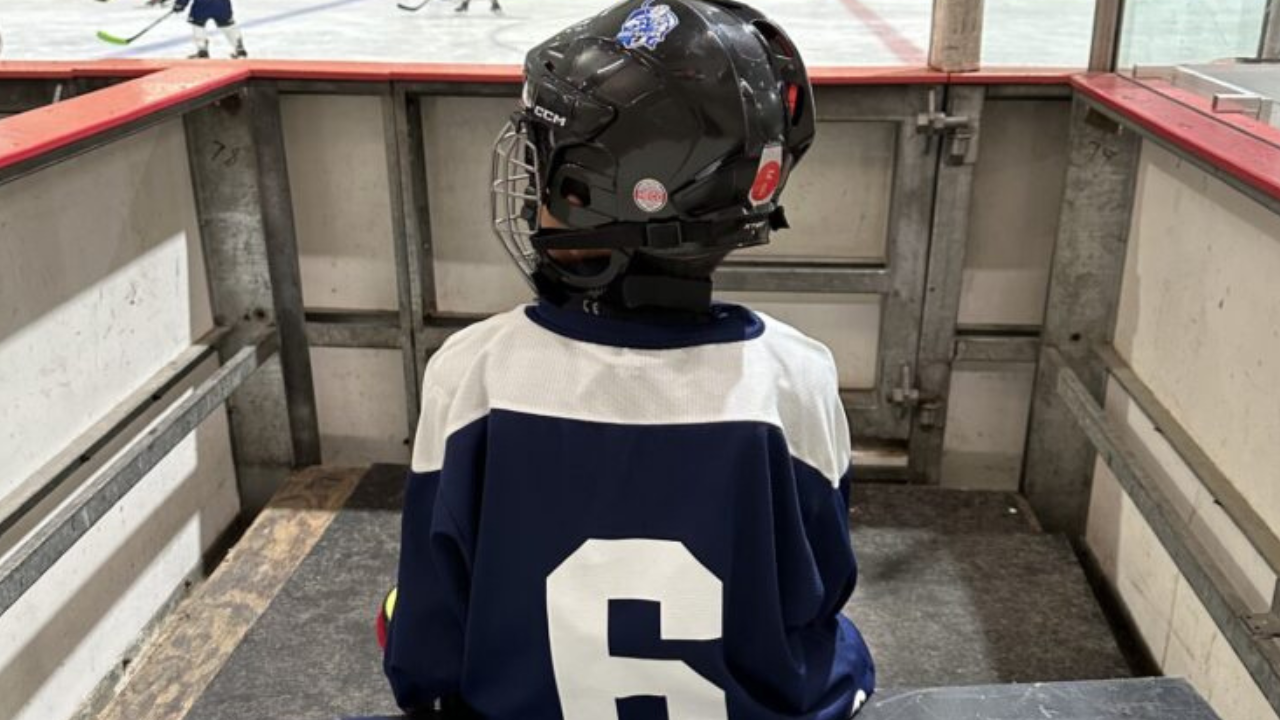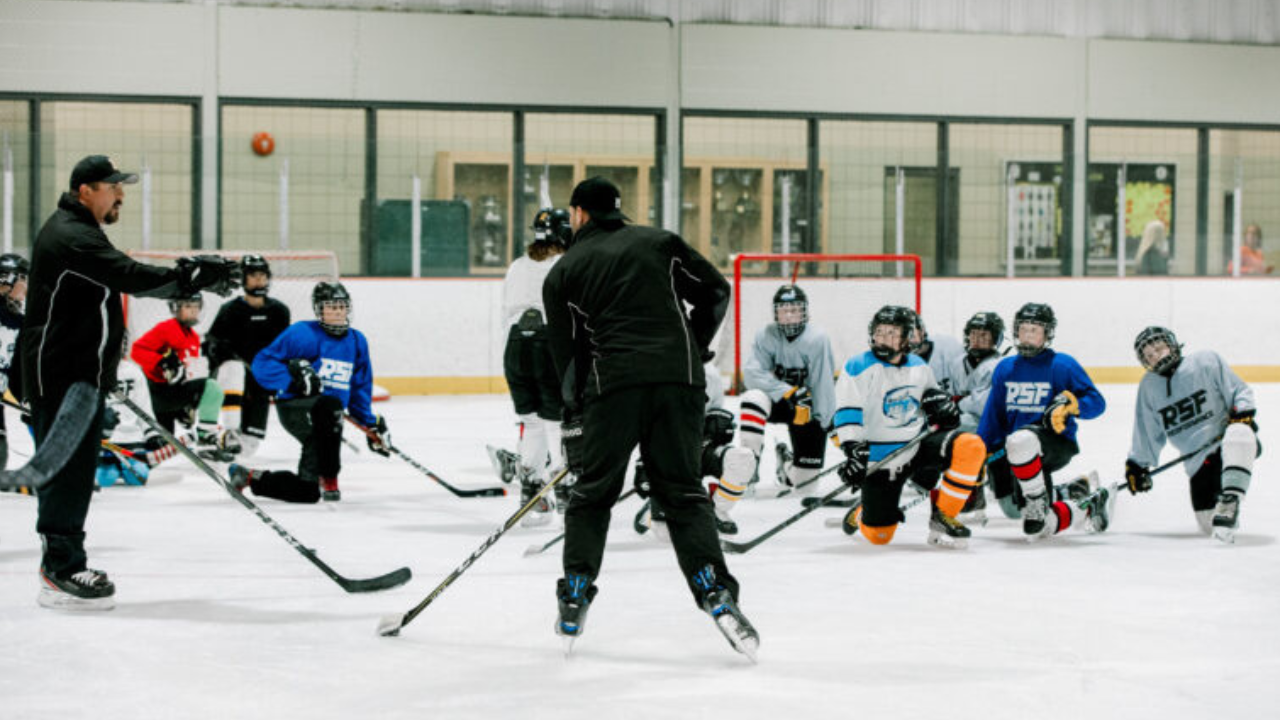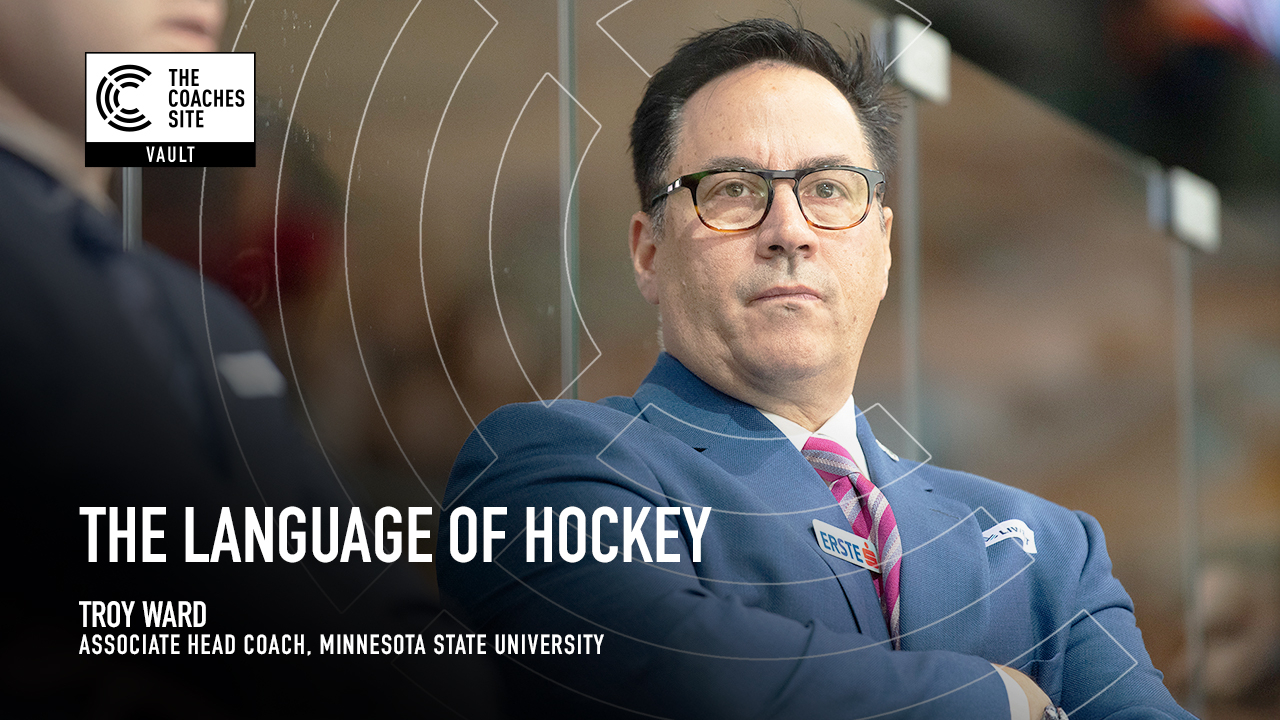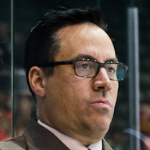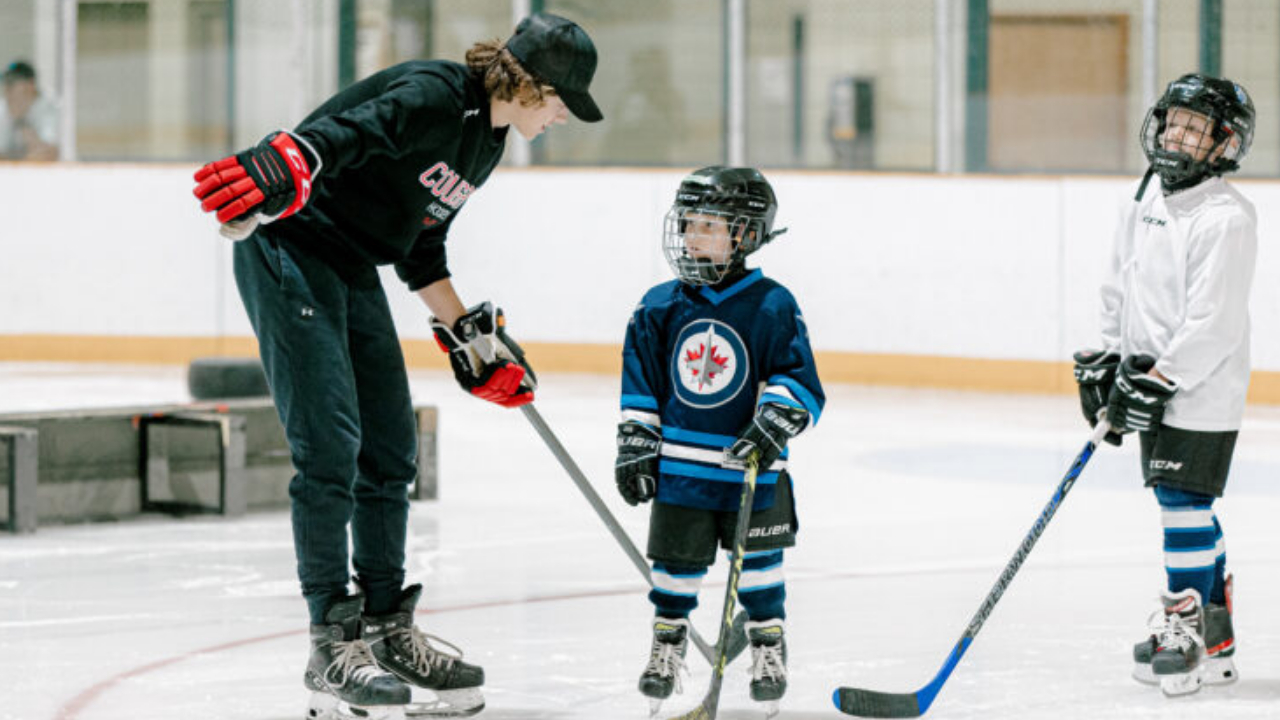
As youth hockey coaches, it can be difficult to bridge the language gap between us and the kids we coach. Coaching U9 a few years back, I went all season using words like ginos, apples, and old barn to find out in our last month of the season that the kids had no idea what I had been talking about. Using terms or words like weakside, strongside, and forecheck means nothing to players at such a young age. We must learn to communicate with our kids in their language to deliver the message successfully as coaches.
The Importance of Speaking the Same Language
In the fast-paced world of youth hockey, effective communication is crucial for coaches and players alike. As coaches, we may often find ourselves using terminology that is familiar to us but means nothing to our young players. Words like “gino” for goal or “apple” for assist may be second nature to us, but to the kids, they may as well be speaking a different language.
Speaking the same language as our players goes beyond just understanding the words they use; it’s about building a connection and creating an environment where they feel understood and supported. When we can effectively communicate with our players, it enhances their overall hockey experience and improves their performance on the ice.
One of the key reasons why speaking the same language is so important is that it fosters trust and respect between coaches and players. When coaches take the time to learn and understand the terms and phrases that resonate with their players, it shows a genuine interest in their world and their passion for the game. This understanding builds a foundation of trust, where players feel comfortable approaching their coaches and discussing any challenges or concerns they may have.
Additionally, speaking the same language allows coaches to effectively teach and convey important information during games and practices. By using terms and phrases that the players are familiar with, coaches can communicate more efficiently, ensuring that instructions are understood and implemented on the ice.
When coaches speak the same language as their players, it also creates a sense of inclusivity and camaraderie within the team. It fosters a positive team culture where players feel like they belong and are valued for who they are, both as individuals and as members of the team.
Understanding the Players’ Perspective
Understanding the Players’ Perspective is crucial for youth hockey coaches to effectively communicate with their young players. It’s important to put ourselves in their skates and see the game through their eyes.
For many of these kids, hockey is still new and exciting. They are eager to learn and improve their skills, but they may not always understand the coach’s instructions or terminology. As coaches, it’s our responsibility to bridge the gap between our knowledge and their understanding.
To better understand our players, we must first listen to them. Pay attention to how they talk about the game, their experiences, and their challenges. This will give us insight into their hockey journey and help us tailor our communication to their needs.
It’s also essential to remember that these players are still developing both physically and mentally. They may not have the same attention span or ability to process complex instructions as adult players. Simplify your communication and break down concepts into smaller, digestible parts. Use visual aids or demonstrations to reinforce your message.
Another important aspect of understanding the players’ perspective is acknowledging their emotions. Youth players may be more susceptible to frustration, fear, or pressure. Create an open and supportive environment where players feel comfortable expressing their feelings and concerns. By empathizing with their emotions, we can adapt our communication to help alleviate their anxieties and motivate them to perform their best
Tips for Communicating Effectively
Effective communication is the key to bridging the language gap between youth hockey coaches and their players. Here are some tips for communicating effectively with your young athletes:
1. Simplify your language: Remember that youth players may not have the same level of understanding or vocabulary as adult players. Break down complex instructions into simpler terms that they can easily comprehend. Use clear and concise language to convey your message.
2. Use visual aids and demonstrations: Many young players are visual learners. Incorporate visual aids, such as diagrams or videos, to enhance their understanding. Use demonstrations to show them how to perform certain techniques or drills. This hands-on approach can make a big difference in their comprehension and retention.
3. Provide positive feedback: Positive reinforcement is a powerful tool in communication. Recognize and acknowledge your players’ efforts and improvements. Use specific and constructive feedback to help them understand what they are doing well and areas where they can improve. This will boost their confidence and motivation.
4. Actively listen to your players: Communication is a two-way street. Take the time to listen to your players’ thoughts, concerns, and feedback. This will help you better understand their perspective and tailor your communication to their needs. Show genuine interest and empathy towards their experiences, and create a safe and open environment for them to express themselves.
5. Be patient and flexible: Understand that not all players learn at the same pace or in the same way. Be patient with their progress and adjust your communication style as needed. Adapt to their learning preferences and be willing to try different approaches until you find what works best for each individual player.
Creating a Communication Plan
A well-thought-out plan will ensure that information flows seamlessly between coaches and players, promoting effective communication and understanding on and off the ice.
To create a communication plan, start by setting clear goals and objectives. Determine what you want to achieve through effective communication and how it will benefit your players. This could include improved teamwork, increased player development, or enhanced overall performance.
Next, establish regular channels of communication. Decide how and when you will communicate with your players, whether it’s through team meetings, individual player check-ins, or group chats. Consistency is key, as it helps build trust and allows for open dialogue.
Incorporate feedback mechanisms into your plan. Encourage your players to provide feedback on their experiences, training sessions, and games. This can be done through surveys, open discussions, or one-on-one conversations. By actively listening to your players’ input, you can identify areas for improvement and adapt your communication approach accordingly.
Consider using technology to aid in communication. Utilize messaging apps or email to share important updates, practice schedules, or game strategies. Technology can also be used to provide video analysis or visual aids, further enhancing your players’ understanding and engagement.
Lastly, make sure to review and revise your communication plan regularly. As your players grow and develop, their communication needs may change. Stay flexible and open to adjustments that better suit their evolving needs and preferences.
Building Trust with Your Players
Building trust with your players is a crucial aspect of effective communication as a youth hockey coach. When players trust their coach, they feel more comfortable expressing their thoughts and concerns, and they are more likely to embrace coaching instructions and guidance.
One way to build trust with your players is to create a safe and supportive environment. Show genuine care and interest in their well-being, both on and off the ice. Take the time to listen to their thoughts, experiences, and challenges. Make them feel valued and respected as individuals, and let them know that you are there to support them in their hockey journey.
Another important factor in building trust is to lead by example. Be consistent in your actions and words, and demonstrate integrity and fairness in your coaching. Players need to see that you are accountable and reliable. When they trust that you have their best interests at heart, they will be more open to following your guidance and embracing your coaching strategies.
Communication plays a significant role in building trust as well. Be transparent with your players and provide regular feedback on their performance. Celebrate their successes and provide constructive criticism when necessary, always emphasizing improvement and growth. By being honest and open in your communication, you will build credibility and foster trust with your players.
Finally, it is crucial to follow through on your commitments and promises. Be consistent in your actions, whether it’s showing up on time, providing timely feedback, or implementing changes to your coaching approach. Your players will learn to trust you when they see that you are reliable and true to your word.

